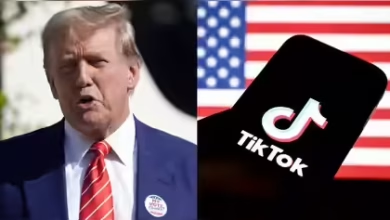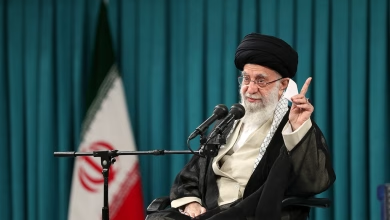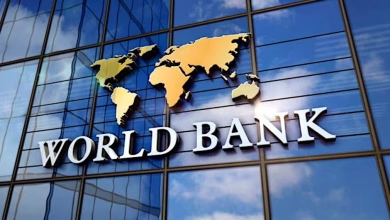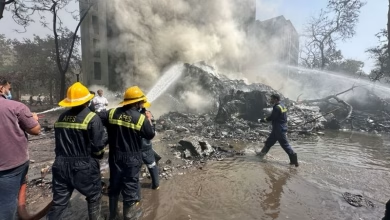Cardinals Begin Conclave to Elect New Pope

- 133 cardinals meet in the Sistine Chapel to elect the 267th pope
- Conclave begins after mass and a formal oath of secrecy
- First vote expected Wednesday; consensus usually builds over multiple rounds
On Wednesday evening, beneath the iconic ceiling of Michelangelo’s Sistine Chapel, 133 cardinals will gather to elect the Catholic Church’s 267th pope.
The day begins with a televised mass at 10:00 (09:00 BST) in St Peter’s Basilica, led by Cardinal Giovanni Battista Re, the 91-year-old Dean of the College of Cardinals who also officiated Pope Francis’ funeral.
In the early afternoon, Vatican officials will disable mobile signals to prevent any communication with the outside world during the conclave. Around 16:15 (15:15 BST), the cardinal electors will process from the Pauline Chapel to the Sistine Chapel, singing the Litany of the Saints and Veni Creator Spiritus, a hymn calling for the guidance of the Holy Spirit.
Inside the chapel, each cardinal will swear an oath of secrecy with one hand on the Gospel, promising never to disclose details of the election process. Once the final oath is taken, a brief meditation follows, after which Master of Pontifical Liturgical Celebrations, Diego Ravelli, will proclaim “extra omnes” (“everyone out”), marking the start of the conclave and the cardinals’ seclusion.
Though the term conclave—from the Latin cum clave (“with key”)—suggests being locked in, the cardinals are not physically confined. Instead, the entrances to the Apostolic Palace, including the Sistine Chapel, are sealed with lead, and Swiss Guards will secure the perimeter.
Ballot papers will then be distributed, and voting will begin. While a pope can be chosen on the first ballot, it is historically rare. Catholic commentator Austen Ivereigh explains that early votes are usually scattered, with attention focused on candidates receiving 20 or more votes. In following ballots, momentum becomes clearer as support consolidates around frontrunners. “It’s not a competition,” says Ivereigh, “but an effort to reach consensus.”
If no one achieves the required two-thirds majority, cardinals return to Casa Santa Marta for dinner. These informal moments are crucial, as conversations there often shape the emerging consensus. Meals are modest and include wine, but staff are sworn to secrecy and cannot leave during the conclave.
From Thursday, the daily schedule begins with breakfast at 06:30 (05:30 BST) and mass at 08:15 (07:15 BST), followed by two morning votes. After lunch and a rest period, more voting rounds take place if necessary.
Pope Francis recounted in his memoirs that during his conclave, signals of consensus began to emerge before he was elected in the first vote of the second day. Both of the last two conclaves concluded within two days.
Whether this conclave will be brief or drawn out remains uncertain, but cardinals are aware that delays could suggest internal divisions. As deliberations unfold in secrecy, the world will watch the chimney above the Sistine Chapel, awaiting the white smoke that signals a new pope has been chosen.






